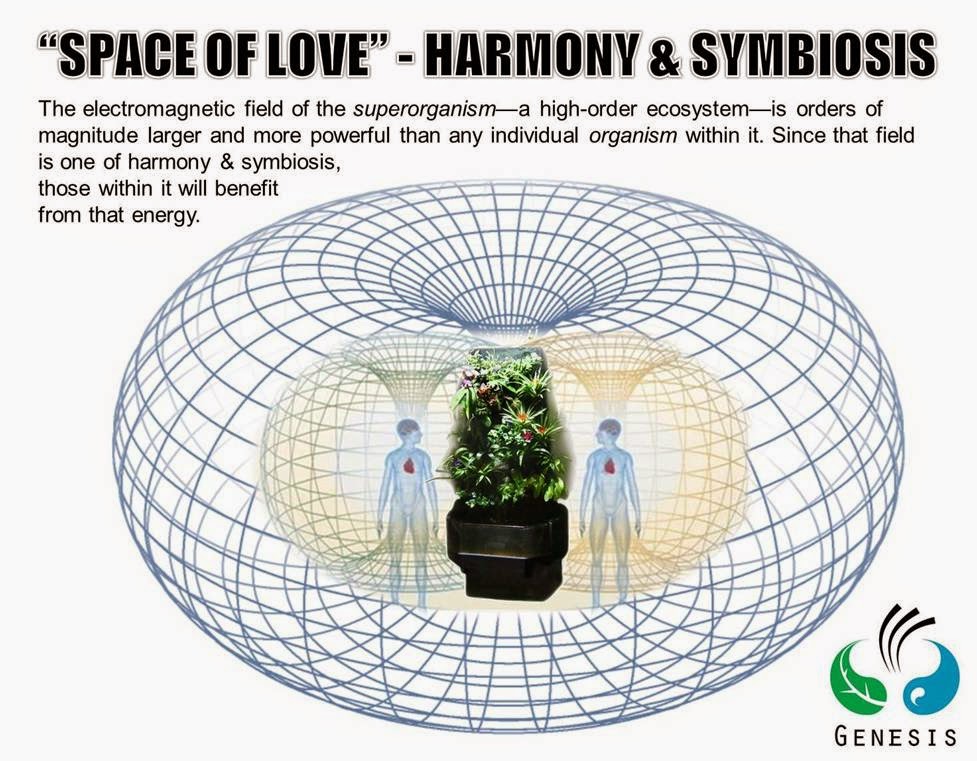Image: The concrete walls of Trajan’s Markets in Rome have stood the test of time and the elements for nearly 2,000 years.
Credit: Marie Jackson
Source: sciencedaily.com: Back to future with Roman architectural concrete: Advanced light source reveals key to longevity of imperial Roman monuments
Credit: Marie Jackson
It’s never an easy idea to swallow: the ancients may have known things that we don’t. They were able to accomplish things which we can’t, despite all our knowledge and technology.“The architect should be equipped with knowledge of many branches of study and varied kinds of learning, for it is by his judgement that all work done by the other arts is put to test. This knowledge is the child of practice and theory.”
~ Marcus Vitruvius Pollio, De architectura, ~ 15BCE.
Source: http://en.wikiquote.org/wiki/Vitruvius
Actually, the idea that the ancients were superior to us in any way at all is a “crackpot notion” which is never acknowledged by present day “experts,” despite there being hundreds of observable phenomena and material achievements which defy all explanation by modern scholars.
Egypt is a great source of such enigmas. From the colossal—the Great Pyramid of Giza itself—to the small—onyx vessels with a tiny neck perfectly carved from a single stone, no one knows for sure how the Egyptians could manage various feats of engineering given the “consensus” view of what tools, materials and technology were available to them at the time.
The Roman civilization had its own secrets which scientists have only recently begun to decode. Among them, the incredible durability and longevity of Roman concrete.
From the Pantheon, Trajan’s Markets and the Colosseum to any number of incredible concrete structures throughout the ancient capitol and beyond, modern architectural engineers can only gaze in wonder and marvel at technology which has stood the test of time and the elements for almost two millennia.
Image: Gardiner Expressway versus Roman Concrete.
And if you think the above comparison of Roman concrete to the Gardiner Expressway, consider that Marie Jackson, lead author of two papers on the subject, said “Roman concrete has remained coherent and well-consolidated for 2,000 years in aggressive maritime environments…It is one of the most durable construction materials on the planet, and that was no accident. Shipping was the lifeline of political, economic and military stability for the Roman Empire, so constructing harbors that would last was critical.” Source: http://newscenter.berkeley.edu/2013/06/04/roman-concrete/
Well thanks to Jackson, a team of researchers and advanced imaging techniques, modern technology has a shot at redemption.
“Using the Advanced Light Source at Lawrence Berkeley National Laboratory (Berkeley Lab), a research team from the University of California, Berkeley, examined the fine-scale structure of Roman concrete. It described for the first time how the extraordinarily stable compound – calcium-aluminum-silicate-hydrate (C-A-S-H) – binds the material used to build some of the most enduring structures in Western civilization.” Source: http://newscenter.berkeley.edu/2013/06/04/roman-concrete/
Here’s an idea of what it looks like:
Image: This scanning electron microscope image shows crystals of a rare mineral, Al-tobermorite, magnified about 25,000 times. UC Berkeley researchers characterized Al-tobermorite in samples of Roman concrete. Credit: UC Berkeley
According to researchers, manufacturing Roman concrete not only promises a more durable product; it’s more sustainable too: using far less heat energy than the standard Portland cement (the key ingredient in modern concrete) and leaves a much smaller carbon footprint.
At 19 billion tons, some estimates place the carbon emission contribution of Portland cement to be 7% of our overall carbon footprint. No small sum, given all other sources of atmospheric CO2.
At Genesis Eco Fund, we think there’s something more fundamental about this research, which is sadly lost on the researchers but significant.
Image: Nikola Tesla’s assertion that crystals are alive.
Crystals are alive.“Crystals are living beings at the beginning of creation."~ Nikola Tesla
The descriptions provided about how Roman Concrete was produced—and that it was composed of mortar formulated from lime, volcanic ash and chunks of volcanic tuff and brick—indicate an aggregate which is alive versus the lifeless concrete of today.
Consider:
“The mineralogical changes that Jackson and her collaborators observed showed the mortar reproduction gaining strength and toughness over 180 days as calcium-aluminum-silicate-hydrate (C-A-S-H) cementing binder coalesced and strätlingite crystals grew in interfacial zones between volcanic scoria and the mortar matrix. The toughening of these interfacial zones is reflected in the bridging crack morphology, which was measured by co-author Landis at the University of Maine, using computed tomography scans of the fractured mortar specimens. These experimental results correlate well with computations of increasing fracture energy determined by co-author Brune, now at Dupont Technologies. The strätlingite crystals show no corrosion and their smooth surfaces suggest long-term stability, similar to geological strätlingite that persists for hundreds of thousands of years.” Source: http://www.sciencedaily.com/releases/2014/12/141215185026.htm
In essence, the situ crystallization of the strätlingite crystals produces an interfacial microstructure which is superior to that of modern-day Portland cement, whose porosity is what gives rise to cracks and fractures.
In the end, it would seem the Romans knew something about the true nature of crystals and crystallization and its effects on the nature of concrete.
The bottom line?
Given the climatic changes and geological challenges facing modern civilization, we would do well to continue looking into ancient methods and materials which have stood the test of time. More importantly, to expand our minds and embrace ancient philosophies related to the nature of things, philosophies which modern science is slowly discovering were really “natural philosophies” that is, the original name given to the study we know today as science.
Certainly, using living materials is the hallmark of any truly Advanced Civilization, and a requisite for Advanced Human Habitat.































